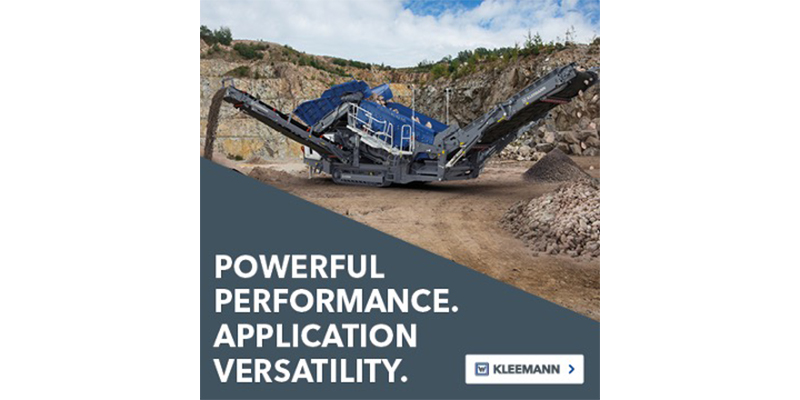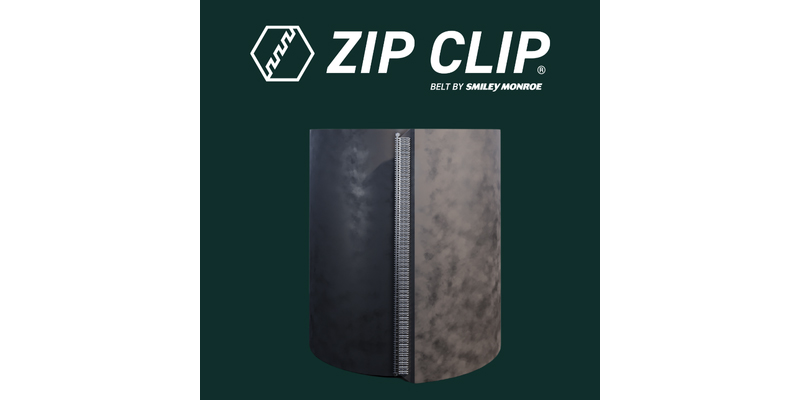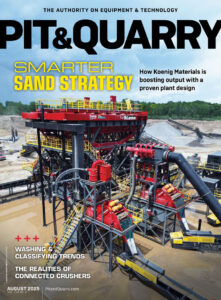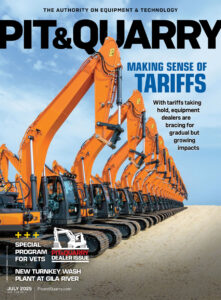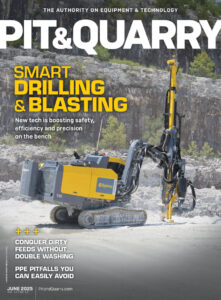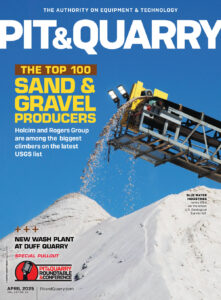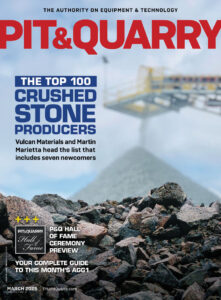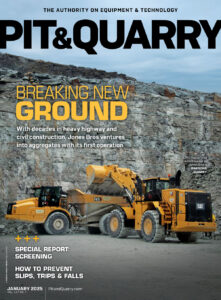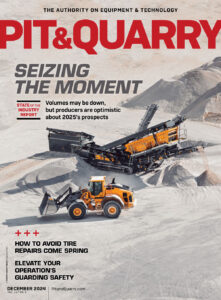Editor’s note: Over the next three months, the magazine will present excerpts from the 2025 edition of the Pit & Quarry University Handbook that will be published this November. P&Q spotlights drilling and blasting this month with a focus on blasthole layout.
Once a suitable blast pattern and loading are determined, it’s important that holes be laid out accurately in the field and drilled in their correct locations.
Irregular blasthole locations lead to suboptimal blasting results – unless the improperly drilled holes are redrilled. Burden and spacing dimensions vary, making tie-ins more difficult on irregular patterns. Some portions of a blast will be overshot while other areas experience a hard toe and coarser fragmentation.
It’s especially important that the holes in the front row are properly located. If there is too much burden – especially at the toe – fragmentation will suffer and the remainder of the blast will have poor relief. Hard toes, loss of grade control and increased ground vibration may result.
When there is too little burden, the high-pressure explosion gases cannot be contained. Rapid gas venting through the face will occur, and greater flyrock throw and airblast can be expected. There may also be hard toes and blocky fragmentation.
When laying out the front row of holes, it’s critical to determine the face burden of each hole to ensure proper loading and decrease the potential for flyrock, airblast and gas venting.
While burden poles are still used on some locations, operations are increasingly transitioning to contact-free profiling equipment to increase safety and burden measurement accuracy.
With technology advancements, it’s possible to determine the burden of the front row of holes using both 2D and 3D face profiling. Prior to drilling, a 2D face profile allows an individual to determine the face profile – the perpendicular cross section of the blast face at that location – and adjust the hole location closer to or further from the face to obtain the optimal front-row placement.
Once a shot is drilled, the face can be profiled to get the actual 2D cross section and burden for each hole in the front row. This gives the blaster or loading personnel the data required to load the front row more accurately and greatly decrease the chance of flyrock. This form of profiling is usually adequate for simple faces.
For more difficult blast faces, it may be necessary to use a 3D profiling system to obtain a minimum burden view of each blasthole. Two types of systems that can be used are 3D laser profilers and 3D photogrammetry systems.
A 3D laser profile collects many data points on the face and creates a 3D mesh, allowing for more precise front-row design. It also provides the blaster or loading crew with the same 2D cross-sectional views needed for accurate loading.
A 3D photogrammetry system uses digital images of the blast face to produce a high-accuracy 3D model. It enables the crew to assess the minimum burden from a full 360-degree view of each hole. This tech can be applied to simple and complex blasts, offering precise front-row hole placement.
A profile taken after drilling affords the loading crew the most accurate burden view for loading purposes.
3D profiling systems can also be geo-referenced, allowing operations to import data into mine planning software, drill navigations systems and blast design software. With the face profiles generated by these tools, operations can now place front-row holes at optimal burden, load them more accurately and increase the overall safety, blast performance and cost efficiency.
More from the P&Q University Handbook: Crushing & Hydraulic Breaking | P&Q University Handbook

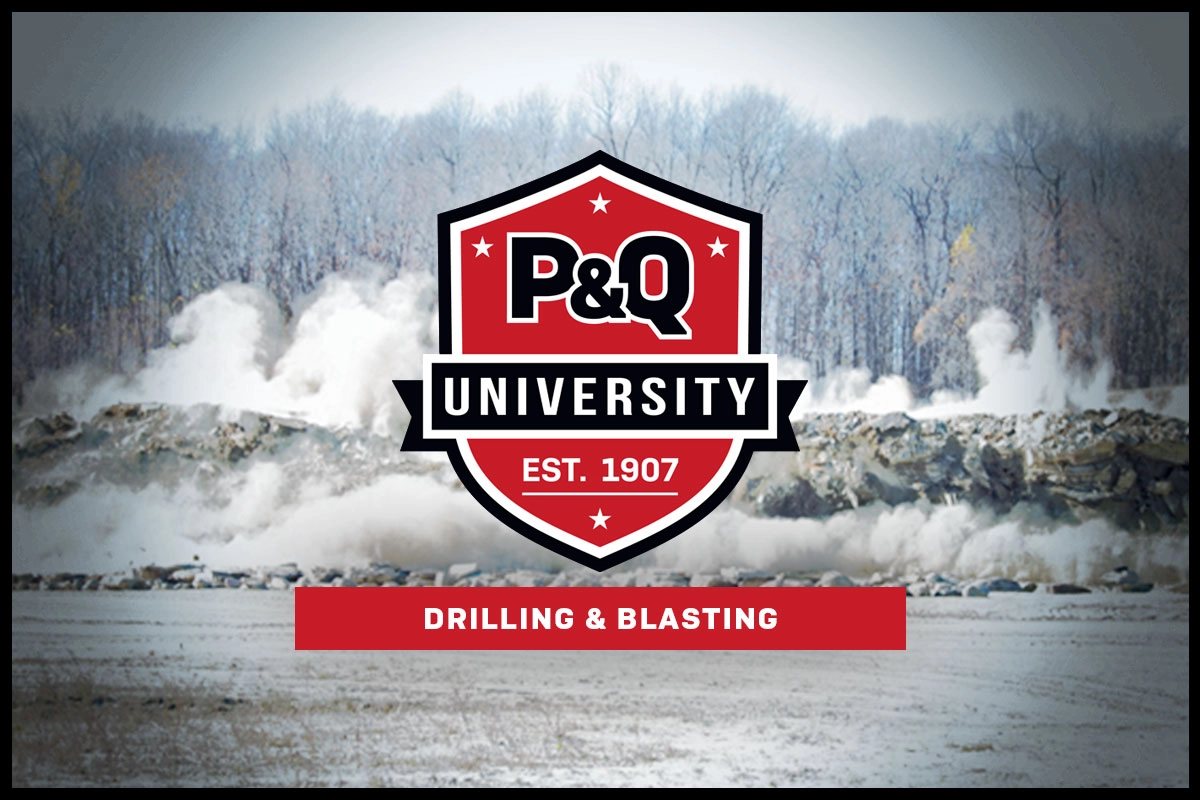
&uuid=(email))
&uuid=(email))
